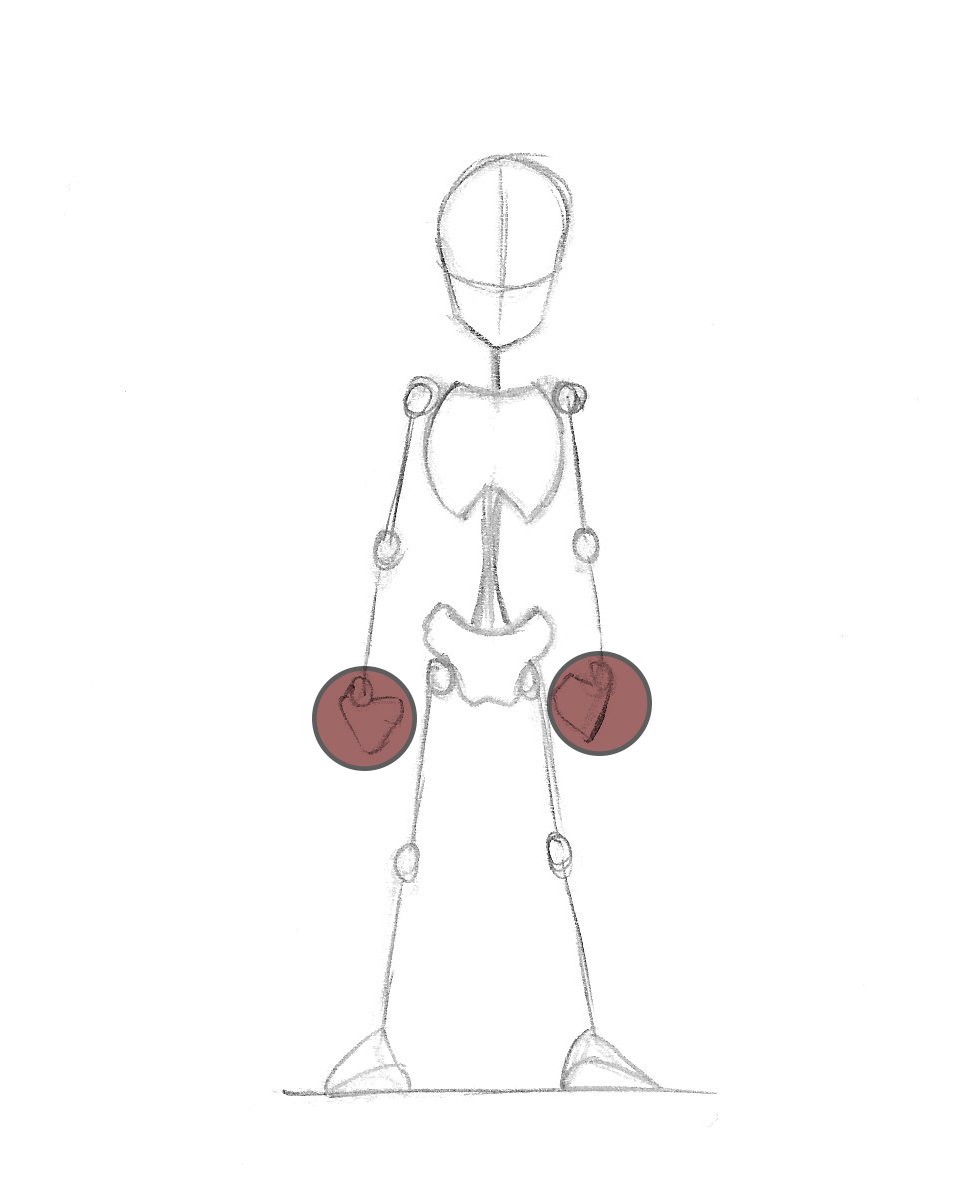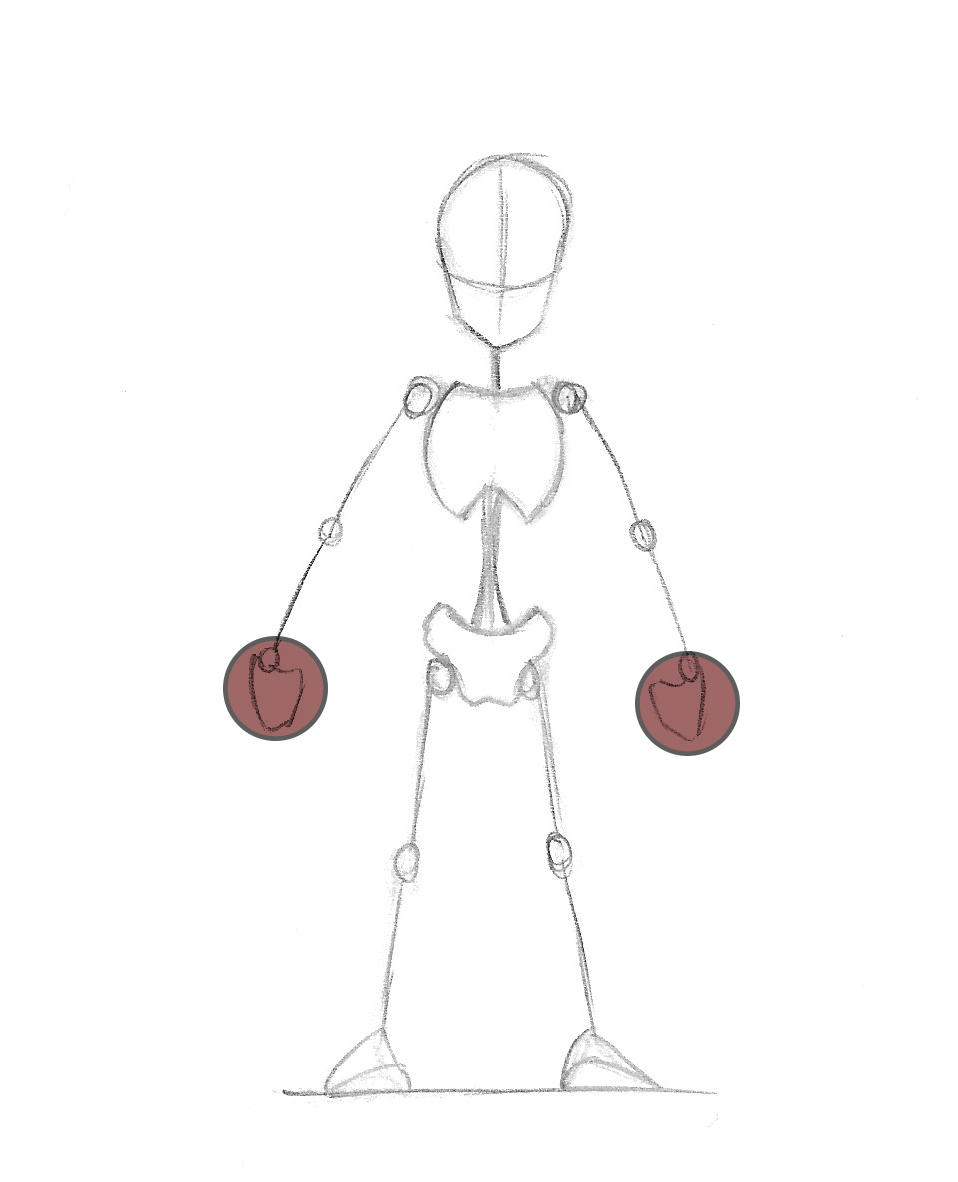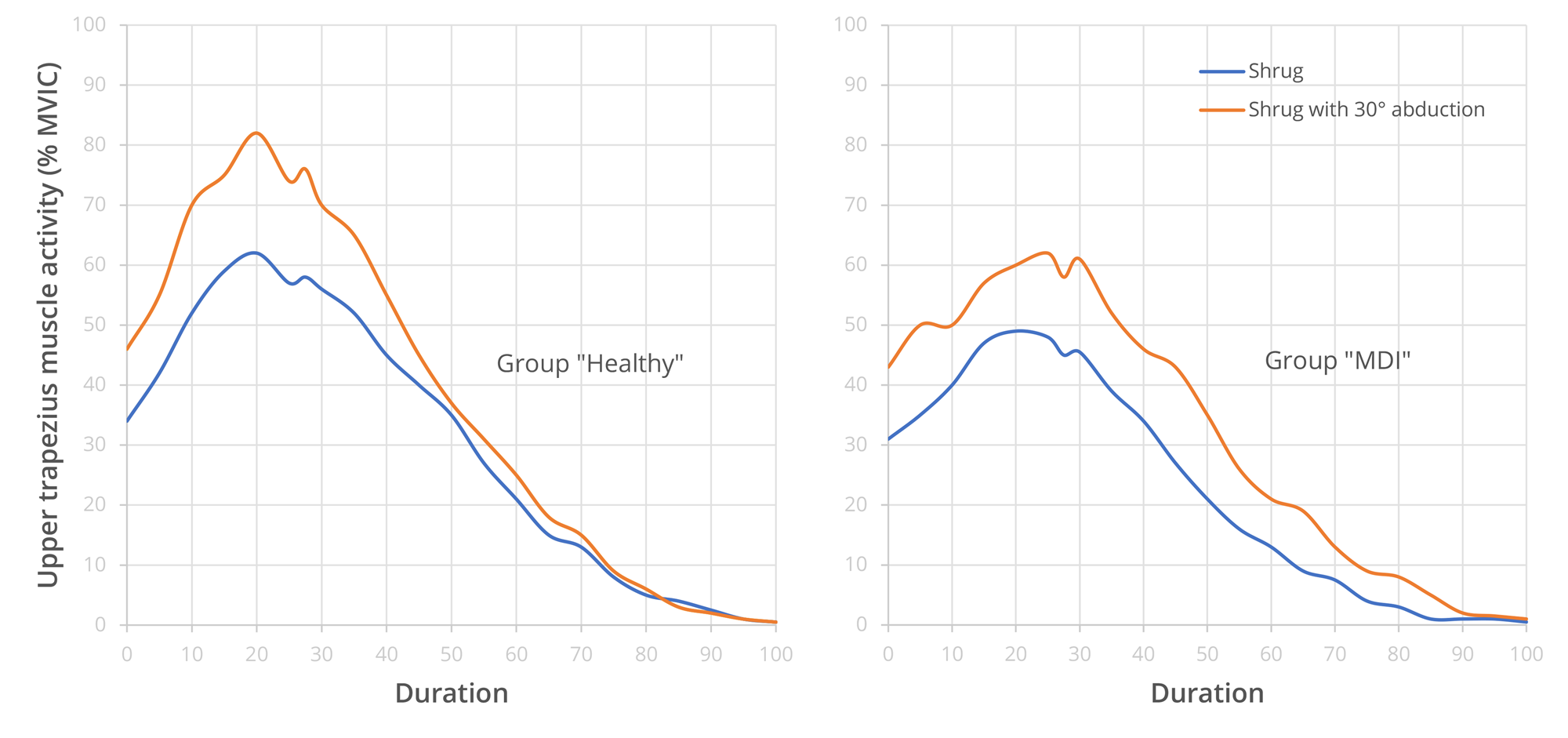
For a powerful shoulder, the position, mobility and stability of the scapula are very important. The scapula dyskinesia, that is an alteration of its position or its movement, generally causes a malfunction of the shoulder and can have various origins. "Drooping" and reduced external rotation of the scapula may induce dyskinesia and may lead to subluxations of the shoulder in patients with multidirectional instability (MDI). Therefore, for the shoulder rehabilitation, some authors have proposed to strengthen the upper trapezius, which induces an elevation and external rotation of the scapula. In a healthy shoulder, this muscle is the first to activate for external scapular rotation, but this is not the case in patients with acromioclavicular conflict, for example.
To strengthen the upper trapezius muscle, shrug against resistance is usually performed. However, some authors have proposed that a variant of this exercise with a shoulder abduction of 30 degrees would allow better muscle activation, but no study have yet investigated this point.
To answer this question, a team of Australian researchers compared muscle activation in two shrug variants. For this, researchers recruited healthy subjects (11 women and 12 men) and patients with multidirectional glenohumeral instability (MDI) (7 women and 7 men). All participants made two dumbbell shrug variants :

Figure 1. Standard shrug with dumbbells.

Figure 2. Modified shrug with abduction of 30°.
For each variant, all the participants performed 10 repetitions under both conditions. The concentric phase and the eccentric phase took each 2 seconds to complete, and 30 seconds of rest was allowed between each repetition, to avoid the effect of fatigue. The load corresponded to about 25% of the isometric maximal voluntary contraction (CMVI) when the shoulders are at 90° of abduction. Thus, the group "Healthy" used dumbbells of 2.5 kg and the group "MDI" dumbbells of 2kg.
Under both conditions and at each repetition, the electromyographic activity of the upper, middle, lower trapezius and serratus anterior muscles was recorded. Moreover, to put the observed results in perspective, the maximum voluntary isometric contraction (MVIC) was measured for each muscle in 4 different positions.
The main results of this study show that the shrug variant with arm abduction of approximately 30 degrees allows significantly higher muscle activation of the upper and lower trapezius in all participants (Fig. 3). On the other hand, a significant difference in activation of the middle trapezius and serratus anterior during the shrug variant was only observed in the "Healthy" group.

Figure 3. Electromyographic activity of the upper trapezius in both conditions for both groups.
The arms abduction allows a better trapezius muscle activation, including the upper part. This may be due to the change in the contraction axis of the fibers compared to the classic version of the shrug, with arms along the body. The external scapular rotation caused by the abduction of the shoulder facilitates this.
Regarding shoulder rehabilitation, in the case of multidirectional instability, there are no "pre-established" protocols since it is the clinical analysis of the patient that will allow specific individual management. However, the shrug has already been used for this purpose, and the shrug variant with 30 degrees abduction of the arms may be useful for strengthening the muscles responsible for the external rotation of the scapula, correcting for scapula descent and lack of external scapular rotation, which is, according to the authors, often implicated in the pathological mechanisms of multidirectional glenohumeral instability. The upper trapezius allows the external scapular rotation, increasing its activity could reduce the sliding of the humeral head down and thus reduce some subluxations.
Deficiency in external scapular rotation has been observed in other shoulder problems such as shoulder impingement syndrome or thoracic outlet syndrome. It is often considered that the upper trapezius is too active, but literature does not seem unanimous on this point. The implementation of this alternative exercise in the management of these conditions remains to be confirmed by health professionals after a personal diagnosis.
This study shows that arm abduction of 30 degrees can lead to better activation of upper and lower trapezius in a public suffering from pathological shoulder instability (and all parts in healthy public) in comparison to the classic version of the shrug, with arms along the body.
In addition to the therapeutic setting, these results are very interesting for fitness participants interested to maximize gains in muscular hypertrophy in upper trapezius. A wider grip would therefore be recommended. However, the protocol presented here uses dumbbells (and an intensity of 25% MVIC), the 30 degrees abduction generated from the beginning of the movement implies an additional activation that will have to be maintained throughout the entire range of motion. However, at high load (> 70% 1RM), this abduction will be very difficult to maintain. So, a wide grip with a bar could perhaps solve this problem.
Below is a video illustrating the wide shrug with barbell. I chose a wider grip than the width of the shoulders (it's up to you to see which width is too wide or not enough). The range of motion in shrug is very small and usually, practitioners charge a lot and proceed with blows. To avoid this, and to really concentrate the work on the muscular part aimed (that is, the upper trapezius), I strongly reduce the load, I deliberately slow down the pace and I pause at the end of concentric phase trying to stay in this position a few seconds. The addition of the elastic resistance is here a bonus to accentuate the isometric and eccentric phases.
We remind you that you can quote articles by limiting your quotation to 200 words maximum and you must include a nominative link to this one. Any other use, especially copying in full on forum, website or any other content, is strictly prohibited. In doubt, contact us.
Copyright © 2011-2024 - www.sci-sport.com - All rights reserved